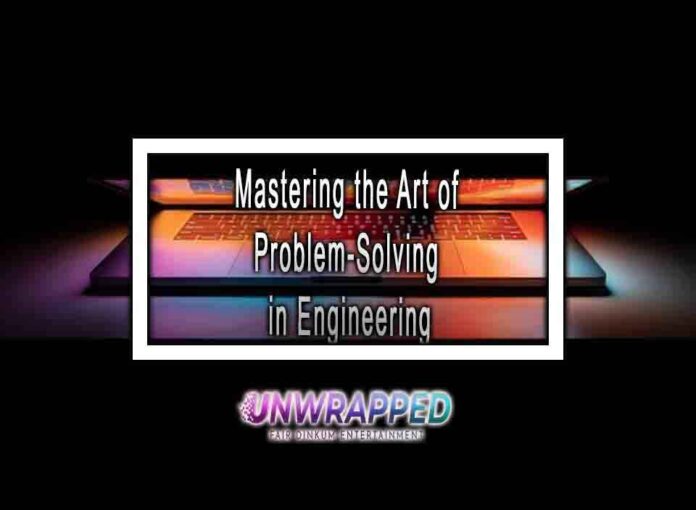Mastering the art of problem-solving is a crucial skill for engineers, as it is an integral part of their daily work. Effective problem-solving involves a combination of technical expertise, creativity, critical thinking, and practical implementation. Here are some key strategies to master the art of problem-solving in engineering:
Understand the Problem:
- Begin by thoroughly understanding the problem. Define the problem statement, identify the constraints, and gather all relevant information. Make sure you have a clear understanding of what needs to be solved.

- Begin by thoroughly understanding the problem. Define the problem statement, identify the constraints, and gather all relevant information. Make sure you have a clear understanding of what needs to be solved.
Break Down the Problem:
- Break the problem into smaller, manageable components. Analyze each component separately to understand its specific challenges. This approach makes complex problems more approachable and allows for a systematic solution.
Use a Systematic Approach:
- Employ a systematic problem-solving approach. This might involve using established methodologies like the scientific method or engineering problem-solving frameworks. Having a structured process helps in organizing thoughts and actions.
Develop a Strategy:
- Once you understand the problem, develop a strategy for solving it. Consider different approaches and choose the one that seems most effective. This strategy may involve mathematical modeling, simulations, experiments, or a combination of methods.
Utilize Prior Knowledge:
- Draw on your existing knowledge and experiences. Similar problems may have been solved in the past, and understanding how those solutions were reached can provide valuable insights for the current problem.
Collaborate and Seek Input:
- Engineering is often a collaborative field. Seek input and perspectives from colleagues, mentors, or experts in relevant areas. Fresh viewpoints can bring new ideas and uncover solutions that may not have been apparent initially.
Think Creatively:
- Cultivate creativity in your problem-solving process. Sometimes, unconventional or innovative approaches can lead to breakthrough solutions. Be open to exploring new ideas and thinking outside the box.
Iterate and Refine:
- Problem-solving is rarely a linear process. It often involves iteration and refinement of solutions. Be prepared to revisit and adjust your approach based on feedback, testing, and new information.
Document Your Process:
- Keep detailed records of your problem-solving process. Documenting your approach, assumptions, and decisions is not only important for your own understanding but also for communicating your findings to others.
Continuous Learning:
- Embrace a mindset of continuous learning. Every problem you encounter is an opportunity to gain new insights and skills. Reflect on your experiences, learn from both successes and failures, and apply those lessons to future challenges.
Effective Communication:
- Communication is a crucial aspect of problem-solving. Clearly articulate the problem, your approach, and your findings. Whether it’s through written reports, presentations, or discussions, effective communication ensures that your solutions are understood and can be implemented.
Embrace Challenges:
- Challenges are inherent in engineering. Rather than seeing them as obstacles, view them as opportunities for growth and improvement. Embracing challenges with a positive mindset can enhance your problem-solving skills.
By incorporating these strategies into your problem-solving approach, you can enhance your effectiveness as an engineer and tackle a wide range of challenges in a systematic and innovative manner. Remember that problem-solving is a skill that can be developed and refined over time through practice and continuous improvement.











